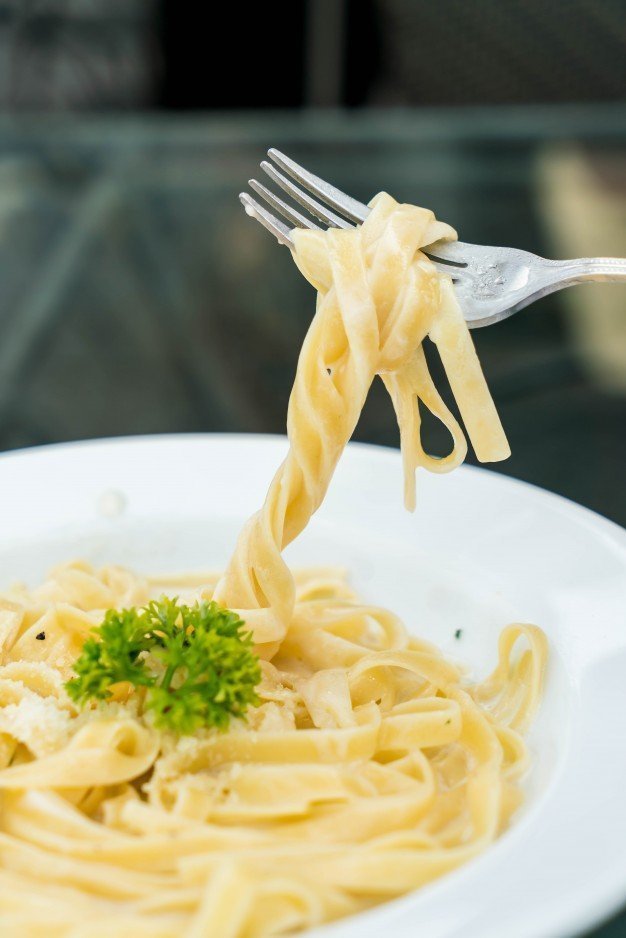
Huffington Post: Here's why you should avoid draining pasta in the sink
There are many who drain pasta in the sink, but expert chefs suggest that it is equal to letting the liquid gold through the fingers.
Huffington Post shared the ways to use the pasta water in better ways than to just circle the drain.
Draining pasta water through a colander and down the sink is akin to throwing away a priceless asset. There are ways to make use of the liquid gold.
Pasta, which is made of flour, releases starch as it boils. It creates a white, cloudy liquid when it mixes with the water, which many consider useless, dumping down the sink.
Read more on our Twitter account @amomama_usa.
According to many chefs, this is a big mistake as the cloudy liquid helps emulsify and thicken the sauce.
It is a common sight to see a place of spaghetti being encircled by a watery, red puddle that pools around the edge of the plate and ruins the dish.
It forms as a result of the water and oil in the pasta and sauce separating from each other.

Source: Freepik
Emulsification is a process of blending two liquids, which would otherwise repel into a smooth, inseparable mixture.
In the case of pasta, the oil and water are those two liquids. However, the starch in the pasta water acts as an emulsifying agent and a thickener.
A ladleful of pasta water should be mixed slowly into the sauce, which helps in binding together the liquids and oils. It creates a creamy and thick paste that will stick together.
By not rinsing the pasta, one can have another benefit. It helps to keep a nice coating of starch that will bind the pasta itself to the sauce, creating a sort of harmony on the plate.
For the refined palates, the pasta water makes the dish more flavorful and that is yet another advantage.

Source: Freepik
The liquid gold can also be obtained when alternative pasta is cooked with lentils, black beans, or brown rice, all of which contain starch.
Serious Eats conducted an experiment to find out if laypeople could figure out the difference between a regular sauce and a sauce emulsified with pasta water.
They set out to compare three different preparations of pasta and the one that used pasta water in its sauce won hands down.
One should not limit to use pasta water in just tomato sauce, but just about every kind of sauce. Add it to Alfredo sauce can make it less greasy, while it can give a silky texture to a pesto.
Pasta water can be saved by using one of the following methods:
If one wants to put the pasta into a giant colander, they must ladle out a couple cups of the cooking liquid and save it in a bowl.
Another method is to use a pot with a pasta strainer inside it, which allows one to lift up the strainer when the pasta is ready. It reserves the liquid in the big pot.
For spaghetti and fettuccine, one can use a pair of tongs to transfer the cooked pasta to a saucepan.
Shorter kinds of pasta such as macaroni and penne can be taken out of the water with a spider skimmer ladle.